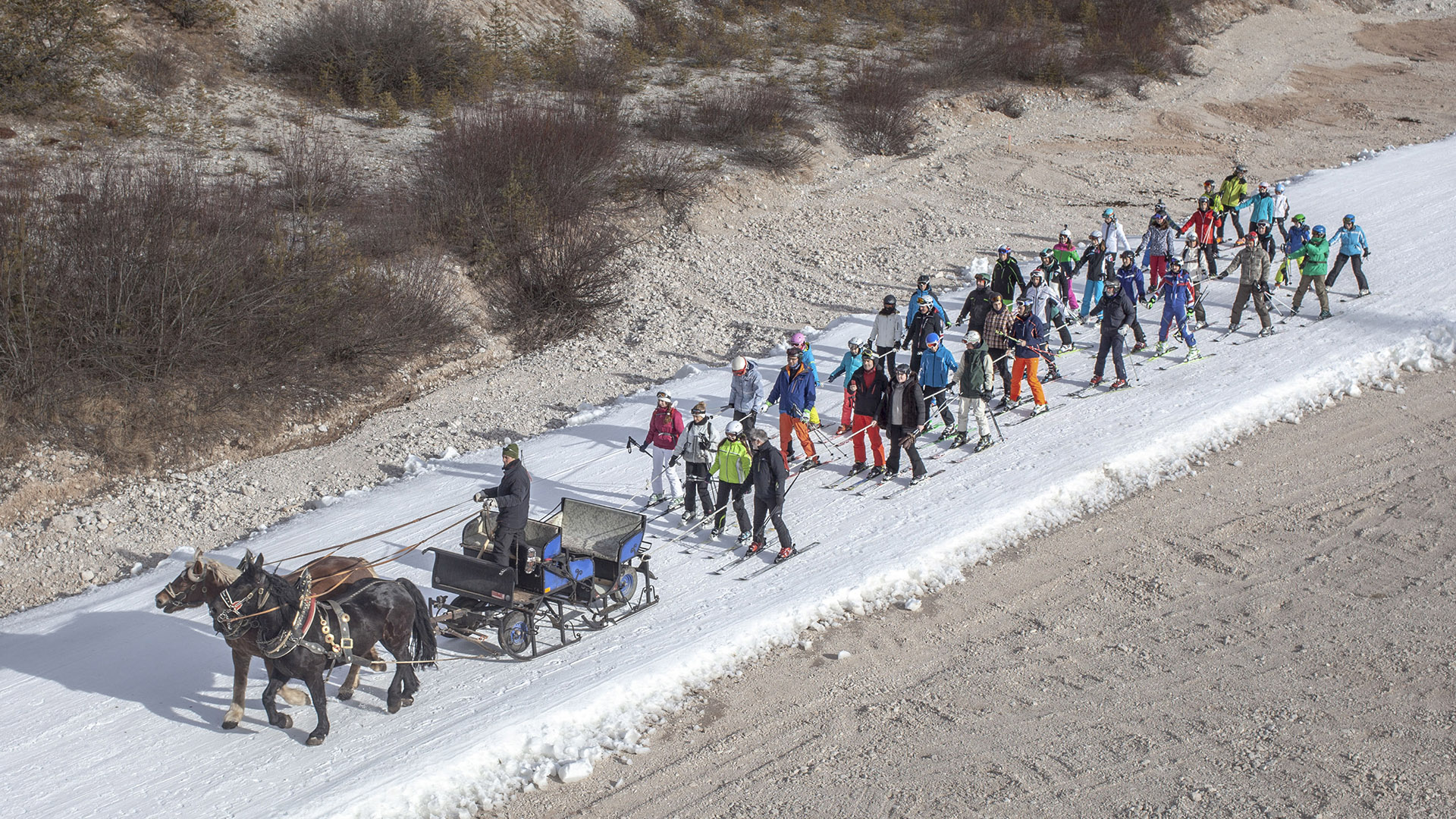Marco Zorzanello is the first winner of the 6Mois Photojournalism Award for his project Tourism in the Era of Climate Change. He has documented how tourism industry in several countries adapts, with cynicism, indifference, or resilience, to the consequences of climate change.

You’re getting blind.
Don’t miss the best of visual arts. Subscribe for $9 per month or $108 $90 per year.
Already suscribed ?


